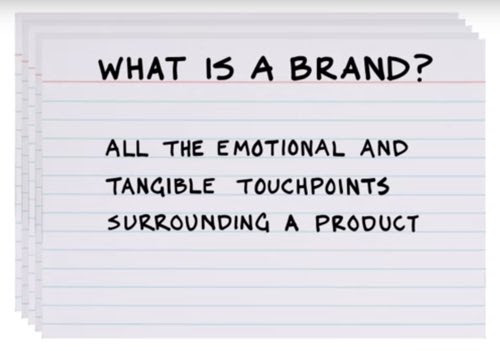A while back, we explored the growing division in our industry between brand believers and performance people. But there’s another idealogical divide in our fractured profession.
On one side, marketers who focus on advertising (brand-heads and performance people alike). On the other, those who put their faith in the power of the brand experience. What’s driving this polarization? What lessons can it teach us? Let’s take a moment to pause and reflect.
- MetLife’s Howard Pyle recently summed up the brand experience ethos this way: “Today, brands are actually collections of experiences. We’re not in an era where people remember logos or advertisements.”
- Proponents like Pyle point to the success of brands like Uber to back up this view. Brands that stand out from the competition based on simplicity, elegance and ease of use.
- This view is given weight by new research published in HBR. The authors draw a distinction between old-fashioned “purchase brands” who focus on attracting buyers and more modern “usage brands” that create demand by wowing users.
- Scott Galloway’s take is simpler. Pre-purchase has been widely over-invested in and post-purchase deserves just as much attention. It’s about righting the balance.
- On other side of the debate, some are calling out flaws in the experience crowd’s toolkit. Adam Ferrier argues that design thinking—a CX cornerstone—focuses too much on user needs and not enough on brand differentiation, leading to a bland sameness.
- Others, like the folks at Studio Frankly, have avoided taking sides and opted instead for a balanced approach. They’ve tweaked their design thinking process to include brand—leading to outcomes that are both useful and differentiated. We approve.
- Pyle’s right about one thing. Brands are collections of experiences. And in most cases, these experiences include advertising. So here’s our advice. Instead of picking sides, why not start by asking: how can the whole thing be better?



